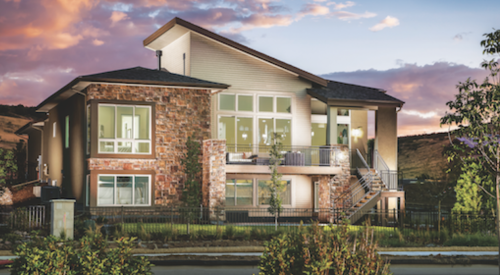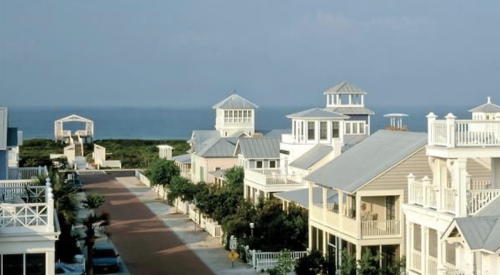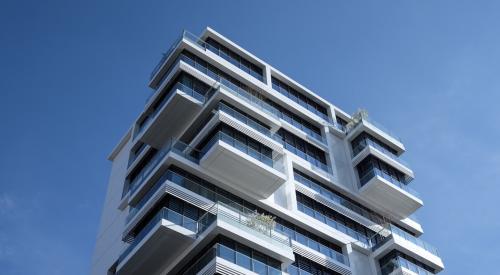Forget about the archaic distinctions between city and suburbs. The distance between the realms of residential and commercial development is growing more obsolete.
It's all about the regional city, the mixed-use regional city.
"The reality of our times is that we live regional lives," says Peter Calthorpe, principal of Calthorpe Associates, an urban design, architectural and planning firm in Berkeley, Calif. "The things that affect us most - the economy, the environment, our cultural and social worlds - are largely regional. They don't exist in one neighborhood or one time.
"On a global scale, regions are the most important building blocks, not nations or states, yet we have no way of thinking or working together on a regional scale. There's a huge gap, both in policy and governance. It's a fundamental problem because most of the issues we're most concerned about - congestion, poverty, air quality, water pollution, energy - can't be dealt with on a city-by-city, town-by-town basis, but they are regional."
|
With his firm's work and his most recent book, The Regional City, Calthorpe provides the framework for conceptualizing the regional city and making regional planning a reality, not just a model. He cites three important things that result from taking a regional approach.
1) It lets stakeholders become designers, bringing them all to the table to make determinations collectively.
2) People can see a cumulative picture and all its interconnections and therefore present feasible ideas and alternatives that aren't visible when planning only two years out or project by project, city by city.
3) It forces a more accurate, informed measure of market demand. Often, once consumers see the sweeping gains that can come from individual or community-centered sacrifices (large lot sizes, big back yards, etc.), trade-offs are easier to recommend and accept, and the market demand adapts to encourage smart growth.
In the long run, regional planning is productive and cathartic. When the big picture is examined, problem starters become problem solvers, and participants begin to realize and consider the long-term effects of their decisions.
But Calthorpe recognizes that regional planning means little if the type and quality of communities can't support its strides. It's about the interaction between planning and building and about giving people convenience, choice, diversity and opportunity wherever they live.
"You can't get totally lost at the regional scale and lose sight that the quality of individual neighborhoods and communities is fundamental," says Calthorpe. "What we're doing is rebirthing the American Dream. It's never remained static. It's changed across generations. It's constantly reinventing itself. That's part of the vitality of America."












